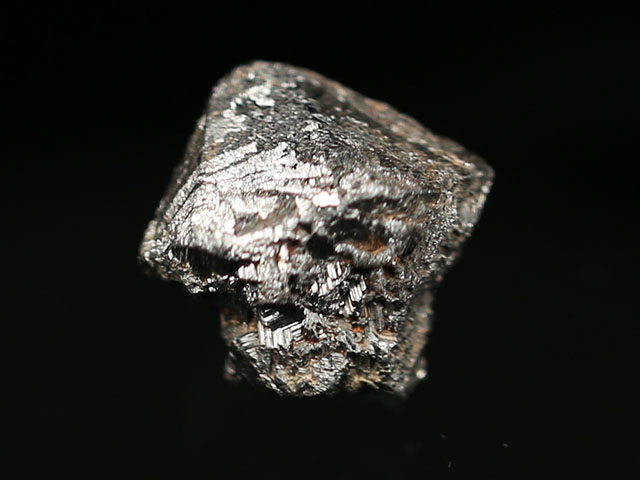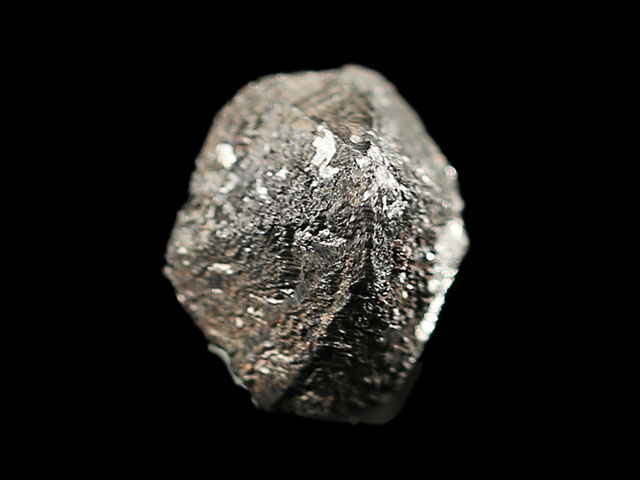Home > Pseudomorphs – March 3 > MS1507 Rutile after Brookite
Rutile after Brookite - Sold
- Magnet Cove
- Hot Spring County
- Arkansas
- U.S.A.
- 1.7 by 1.6 by 1.4 cm – Thumbnail specimen (fits into a 2.5 cm cube)
Rutile and brookite share the same chemical composition, titanium oxide. Rutile is a long known mineral, but it was Lampadius (1800) who first recorded how German mineralogist Abraham Gottleib Werner (1748-1817) applied the name rutile to the species, thereby distinguishing it from other prismatic mineral species. The mineral name rutile derives from the Latin word rutilus for red, a common color in the species. Lévy (1825) named brookite after Henry James Brooke (1771-1857), English crystallographer and mineralogist.
These pseudomorphs of rutile after brookite are well known American pseudomorphs, and first described by Charles Upham Shepard (1804-1886) in a 1846 paper in The American Journal of Science. Howard (2010) gives a history of their discovery and characterization. Complete crystals like this example were originally sifted out of sands in the Magnet Cove area. This specimen dates to the late nineteenth century. Limited property access and years of collecting have made these specimens rather rare in the current collector market. Choice.


